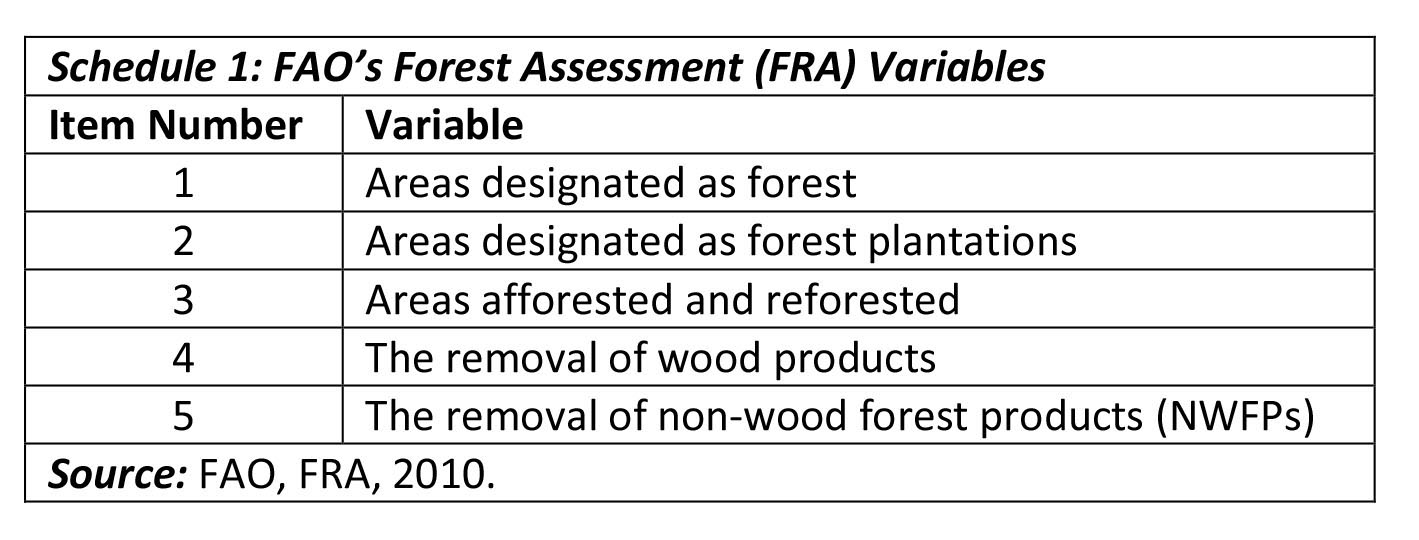Introduction
As indicated, the coming presentations on the forest sub-sector (a strategic segment of the non-mineral extractive sector) utilize the FAO’s definition of the forest. Further, whenever information is available from multiple sources, FAO’s will be relied on, if available. To recall, these columns treat the extractive sector as containing both mineral and non-mineral industries. This has not been universal practice, but I believe it is useful to work from this broader notion in Guyana. Of course, several other countries do the same, with a few even treating the non-mineral extractive industries as their main area of focus.
 It also helps our appreciation, if Guyana’s forests are located against the background of the global forest system. Today’s column will address this, drawing heavily on material published in the FAO’s Forest Resources Assessments (FRA). While FAO’s earlier assessments had focused on the forest primarily as a source of lumber supply, starting in 2010, the FAO has dramatically widened its coverage. It points out, its assessments now encompass: “all types of wood and non-wood forest products (NWFPs).” The five key variables therefore, on
It also helps our appreciation, if Guyana’s forests are located against the background of the global forest system. Today’s column will address this, drawing heavily on material published in the FAO’s Forest Resources Assessments (FRA). While FAO’s earlier assessments had focused on the forest primarily as a source of lumber supply, starting in 2010, the FAO has dramatically widened its coverage. It points out, its assessments now encompass: “all types of wood and non-wood forest products (NWFPs).” The five key variables therefore, on

